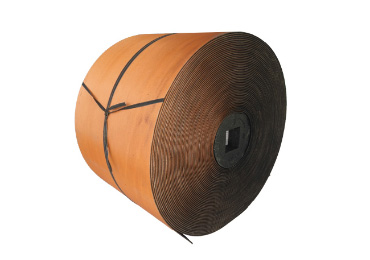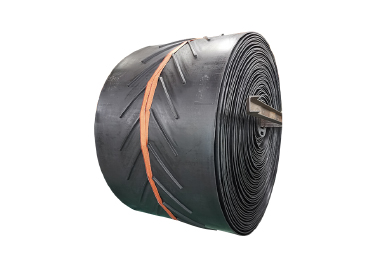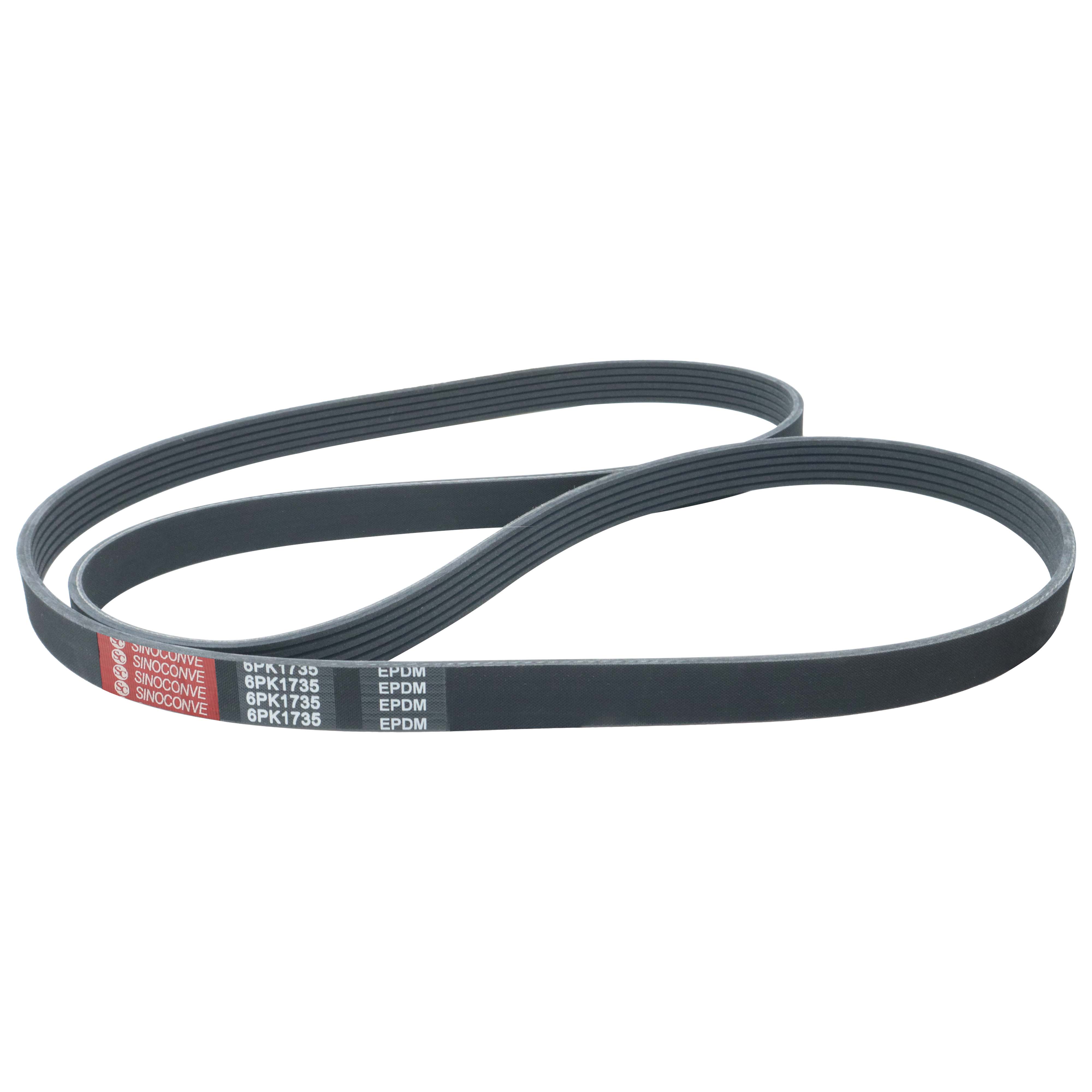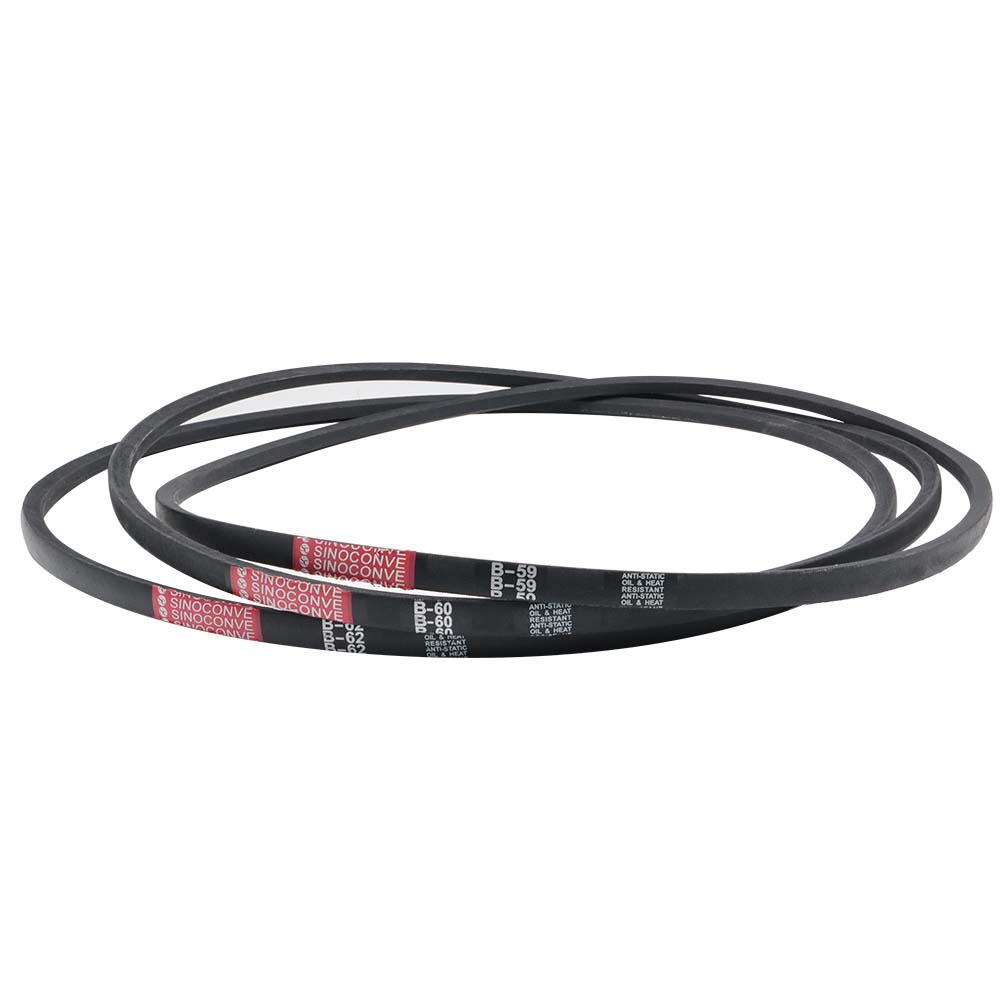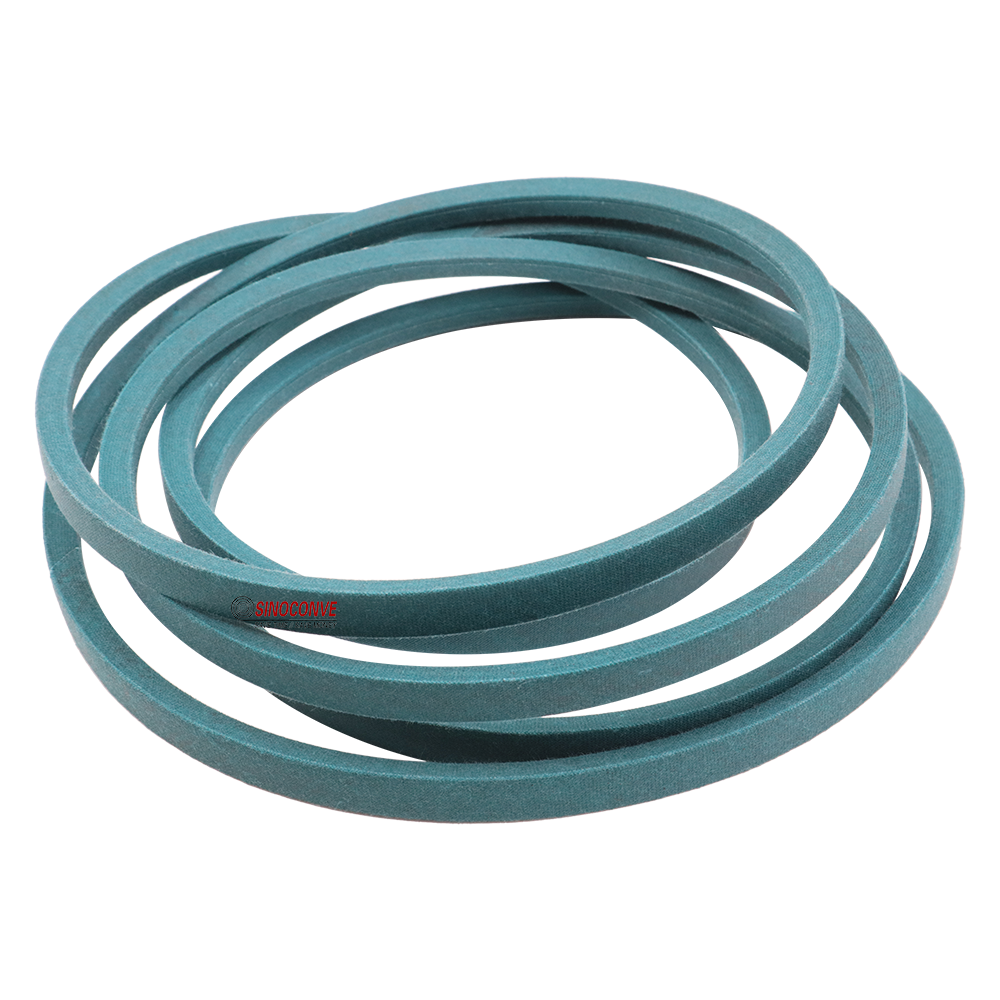Introduction to Conveyor Belt Vulcanizing Machine
The conveyor belt vulcanizing machine is a critical piece of equipment in industries that rely on conveyor systems for material transportation. Whether in mining, food processing, or manufacturing, continuous operation of conveyor belts is vital for productivity. A vulcanizing machine is used to repair and join conveyor belts, ensuring seamless and durable mechanical connections. The process enhances the longevity of the conveyor belts, thus minimizing downtime and reducing operational costs.
Understanding Vulcanizing Machines
Vulcanizing machines are designed to apply pressure and heat to vulcanize the rubber of conveyor belts. By understanding the operation of these machines, industries can perform efficient repairs and maintenance. The machine works by using heated platens to exert pressure on the belt, activating the vulcanization process. This process chemically bonds rubber components, making them more resilient to wear and tear. Familiarity with the vulcanizing machine is essential for technicians who must ensure the machine is used correctly to achieve a high-quality joint.
Belt Vulcanizing Machine Uses
Belt vulcanizing machines are versatile in their applications across different environments. Not only do they provide solutions for damaged belts, but they can also be used to join conveyor belts of varying lengths and widths, ensuring bespoke solutions. Effective utilization of these machines requires understanding the specifics of how they interact with different belt materials. The selection of a vulcanizing machine must consider the type of conveyor belt being used to optimize process outcomes.
How to Use a Conveyor Belt Vulcanizing Machine
Using a conveyor belt vulcanizing machine involves several key steps to ensure successful belt repair or connection. Begin by preparing the belt surfaces to be vulcanized, cleaning them thoroughly to remove any debris or contaminants. Follow this by aligning the belt surfaces precisely using clamps to ensure a uniform bond. Once aligned, position the machine's heated platens over the joint area and set temperatures and pressure according to the belt manufacturer's specifications. The vulcanizing process is complete after sufficient time has been allowed for the bond to form correctly.
Ensuring Quality and Longevity
Regular inspection and maintenance of vulcanizing machines themselves are necessary to ensure their continued performance. Calibration and periodic replacement of worn-out components can prevent operational lapses. By investing in high-quality vulcanizing equipment and understanding the intricacies of its operation, industries can benefit from enhanced conveyor belt efficiency and reduced downtime. The ability to perform hardware adjustments and align controls with environmental changes is crucial for optimizing the vulcanizing process.
In summary, mastering the use of conveyor belt vulcanizing machines not only contributes to the operational efficiency of industrial conveyor systems but also saves costs in long-term belt replacement and repairs. With informed usage, these machines are an invaluable asset to maintaining continuous and effective material transport in various industrial settings.

